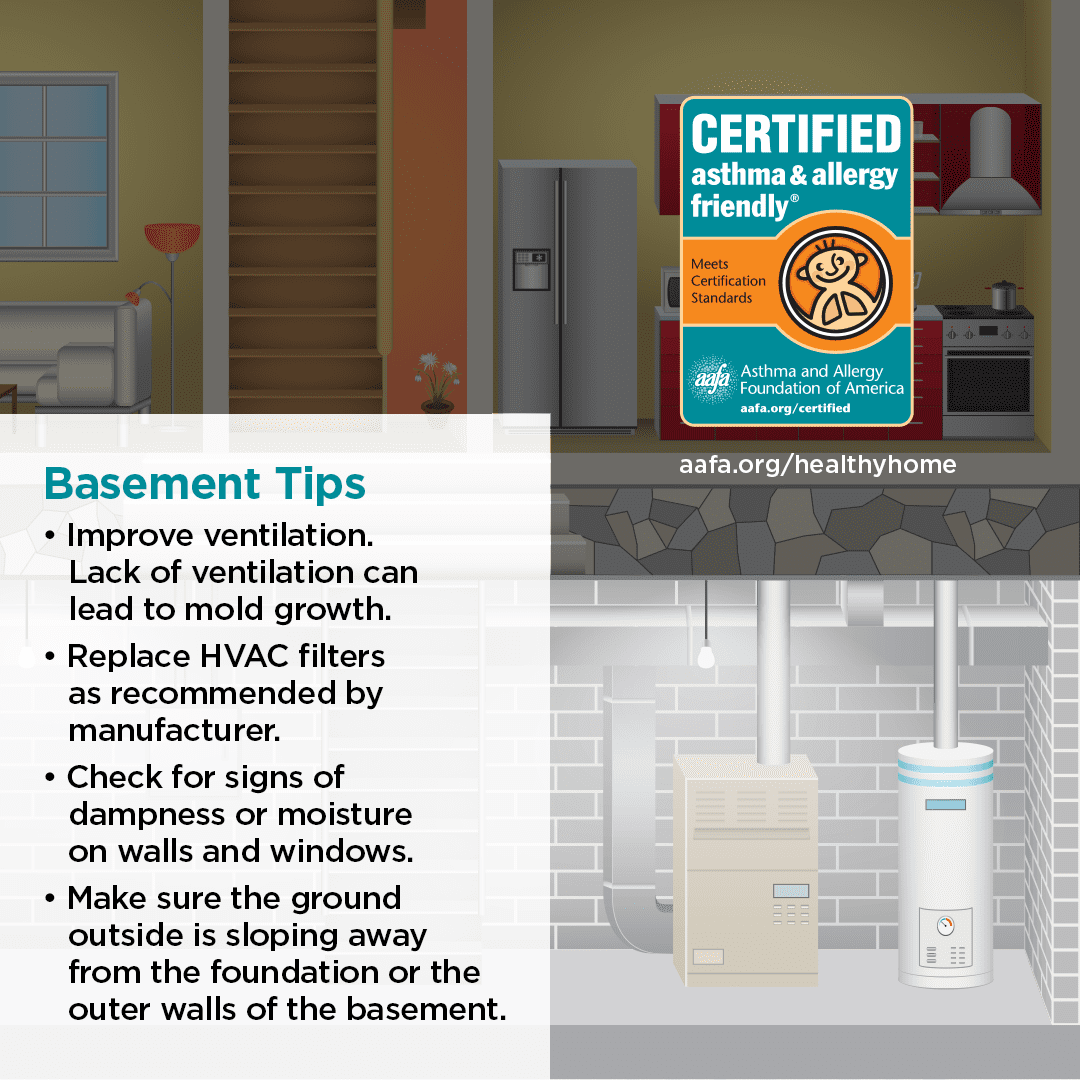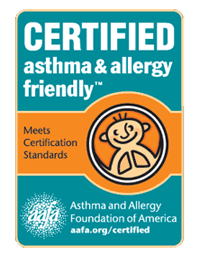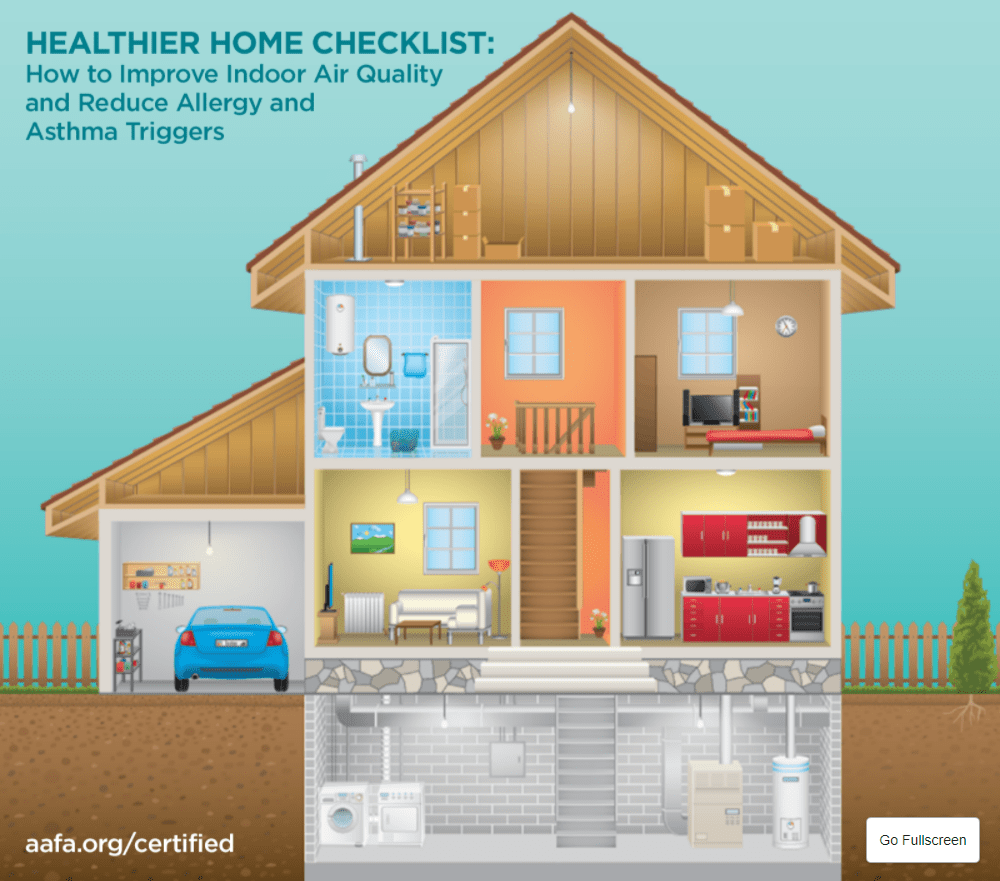If you’ve been following along with our tips to improve the indoor air quality in your bedroom, living room, and kitchen, then you’re ready to tackle other spaces like your attic and basement (if you have one).
These two areas need a slightly difference approach since they aren’t always used as living spaces. These areas may be unfinished and can be subject to harsh temperatures. Both attics and basements are subject to moisture too.

Improve Your Attic’s and/or Basement’s Environment
Attic
Insulation, leaks, and air flow are the main concerns with attics. Insulation can collect dust, mildew, and mold. And it may release chemicals called volatile organic compounds (VOCs) which can irritate your lungs.
Roof leaks can encourage mold, as well as gutters full of leaves and debris. Full gutters can’t drain water properly, which can then cause rainwater to overflow into your attic.
We also tend to store the items we don’t use often in attics. If they aren’t stored in the right containers, they can collect layers and layers of dust and mold.
- Install CERTIFIED asthma & allergy friendly® insulation that resists mold and mildew growth.
- Store items in containers to keep dust from building up and keep out moisture that can promote mold growth.
- Repair any leaks as soon as possible.
- Clean roof gutters each season to remove debris.
- Make sure your attic has proper air flow.
Basement
Moisture loves basements. Because basements are underground and may contain much of your home’s plumbing, they are prone to dampness, leaks, and even flooding. If the ground around your basement doesn’t slope properly, water can’t drain away from your house. It can then end up in your basement.
And if you store items in the basement, make sure they are in containers that can keep them from collecting dust and mold too.
- Improve ventilation. A lack of ventilation can lead to mold growth.
- Replace HVAC filters as recommended by the manufacturer.
- Check for signs of dampness or moisture on walls and windows.
- Make sure the ground outside is sloping away from the foundation or the outer walls of the basement.
Watch for Dampness in Your Laundry Room
We included the laundry area here because many people have their washers and dryers in the basement of their homes. And laundry rooms or areas can be a source of moisture, much like attics and basements. Here are some tips for a healthier laundry space.
- Leave washing machine doors open to help dry out the machine between uses.
- Wipe down the inner door for front-loading washing machines to remove excess water.
- Check for leaks from the washing machine.
- Dry clothes in a dryer instead of line drying to prevent pollen from getting into your clothes.
- Make sure the dryer is properly venting outside the home.
- Clean the dryer’s lint trap after every use.
- When possible, select CERTIFIED laundry appliances, which will effectively reduce allergens and irritants from washable fabrics.
- Check humidity levels in your laundry room as you may need to increase air flow if humidity is above 50%.
 Many products promise to help control allergens but not all of them do. When you are shopping for products for your home, look for the CERTIFIED asthma & allergy friendly® mark. It indicates the product has passed our testing standards to help you have a healthier home.
Many products promise to help control allergens but not all of them do. When you are shopping for products for your home, look for the CERTIFIED asthma & allergy friendly® mark. It indicates the product has passed our testing standards to help you have a healthier home.Visit aafa.org/certified to search for CERTIFIED products. There you can also learn more about the asthma & allergy friendly® Certification Program.


Comments (1)